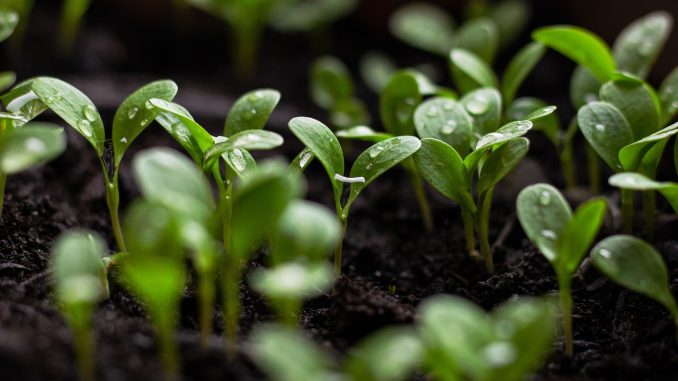
In plant cell culture, the ratio of auxins to cytokinins plays a crucial role in determining the developmental fate of cultured cells and tissues. When the ratio of auxins to cytokinins is similar, it can lead to various outcomes depending on the specific concentrations and the stage of culture.
The possible scenarios we see in manipulating the ratio of auxin to cytokinins is as follows.
Callus Formation
If the ratio of auxins to cytokinins is balanced, it may lead to the formation of callus tissue. Callus is a mass of undifferentiated cells that can arise from the proliferation of explant cells under suitable culture conditions. Balanced levels of auxins and cytokinins promote cell division and inhibit differentiation, resulting in the accumulation of undifferentiated cells and the formation of callus. Callus tissue serves as a valuable starting material for plant regeneration through organogenesis or somatic embryogenesis.
Shoot and Root Formation
In some cases, a balanced ratio of auxins to cytokinins may promote both shoot and root formation simultaneously. This phenomenon is often observed in cultures where the concentrations of auxins and cytokinins are carefully adjusted to induce organogenesis. Under such conditions, the balanced levels of auxins and cytokinins can stimulate the differentiation of both shoot and root primordia from the callus tissue, leading to the formation of adventitious shoots and roots.
Maintenance of Undifferentiated State
A balanced ratio of auxins to cytokinins may also help maintain the undifferentiated state of cultured cells without promoting significant growth or differentiation. This scenario is commonly observed in cultures intended for the long-term maintenance of cell lines or for the production of secondary metabolites. By providing balanced levels of auxins and cytokinins, researchers can sustain the proliferation of undifferentiated cells while minimizing spontaneous differentiation or senescence.
Equilibrium in Growth
In some cases, a balanced ratio of auxins to cytokinins may result in a state of equilibrium where cell growth and differentiation are balanced, leading to the maintenance of a stable cell population. This equilibrium state may be desirable for certain applications, such as the production of biomass or the study of cell physiology under controlled conditions.
Overall, when the ratio of auxins to cytokinins is similar in plant cell culture, it can lead to the formation of callus tissue, simultaneous shoot and root formation, maintenance of the undifferentiated state, or equilibrium in growth, depending on the specific concentrations and culture conditions. Fine-tuning the ratio of auxins to cytokinins is essential for manipulating the developmental fate of cultured cells and tissues, guiding them towards desired outcomes such as plant regeneration, secondary metabolite production, or the maintenance of stable cell lines.

Leave a Reply